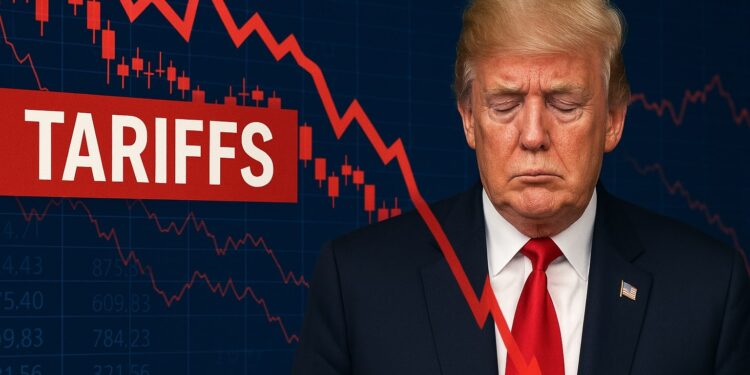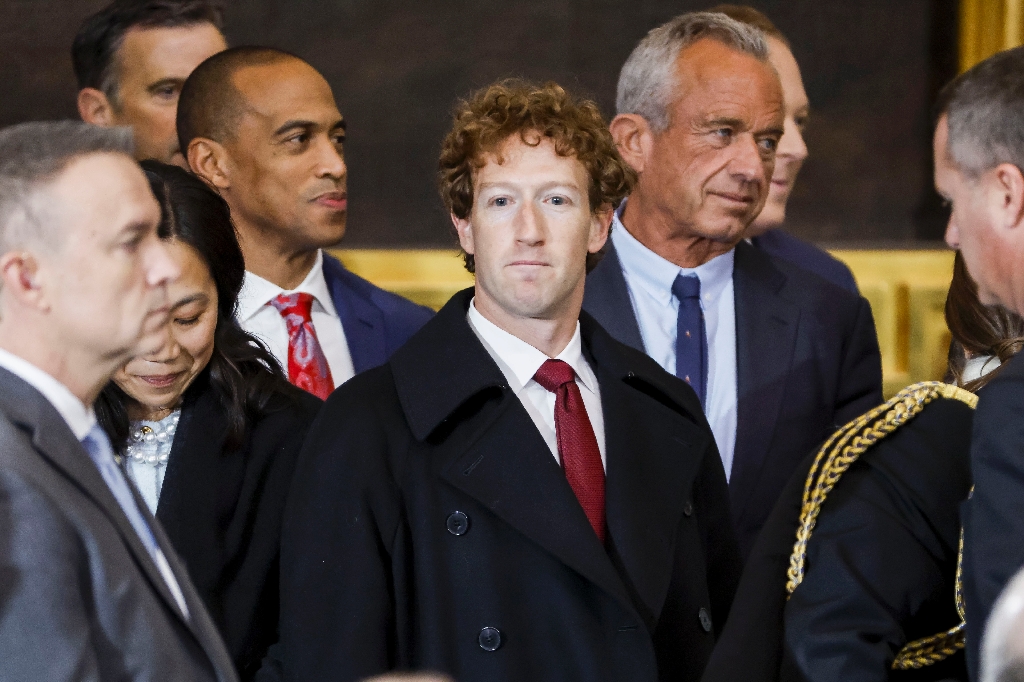In what President Donald Trump dramatically labeled “Liberation Day,” sweeping tariffs on goods from across the globe have now taken effect, fundamentally altering America’s economic relationship with the world. But as markets tumble and global leaders scramble to respond, a crucial question emerges: Is this economic patriotism or a dangerous gamble that could backfire spectacularly?
What Are Tariffs and How Do They Work?
At their core, tariffs are simply taxes imposed on imported goods. When Walmart imports a $10 pair of shoes from Vietnam—now subject to a 46% tariff under Trump’s new policy—the retail giant must pay an additional $4.60 to the U.S. government. This cost can be handled in several ways: Walmart might pressure Vietnamese manufacturers to lower their prices, cut into their own profit margins, or most likely, pass the cost on to American consumers through higher prices.
The new tariff structure includes a “baseline” 10% on all imports from countries like the UK, with much higher rates—up to 50%—targeting specific nations like Cambodia, Vietnam, Malaysia, and Bangladesh. European Union countries face a 20% tariff, while China faces a staggering combined tariff of 54% when accounting for previously announced measures.
The Calculation Behind the Numbers
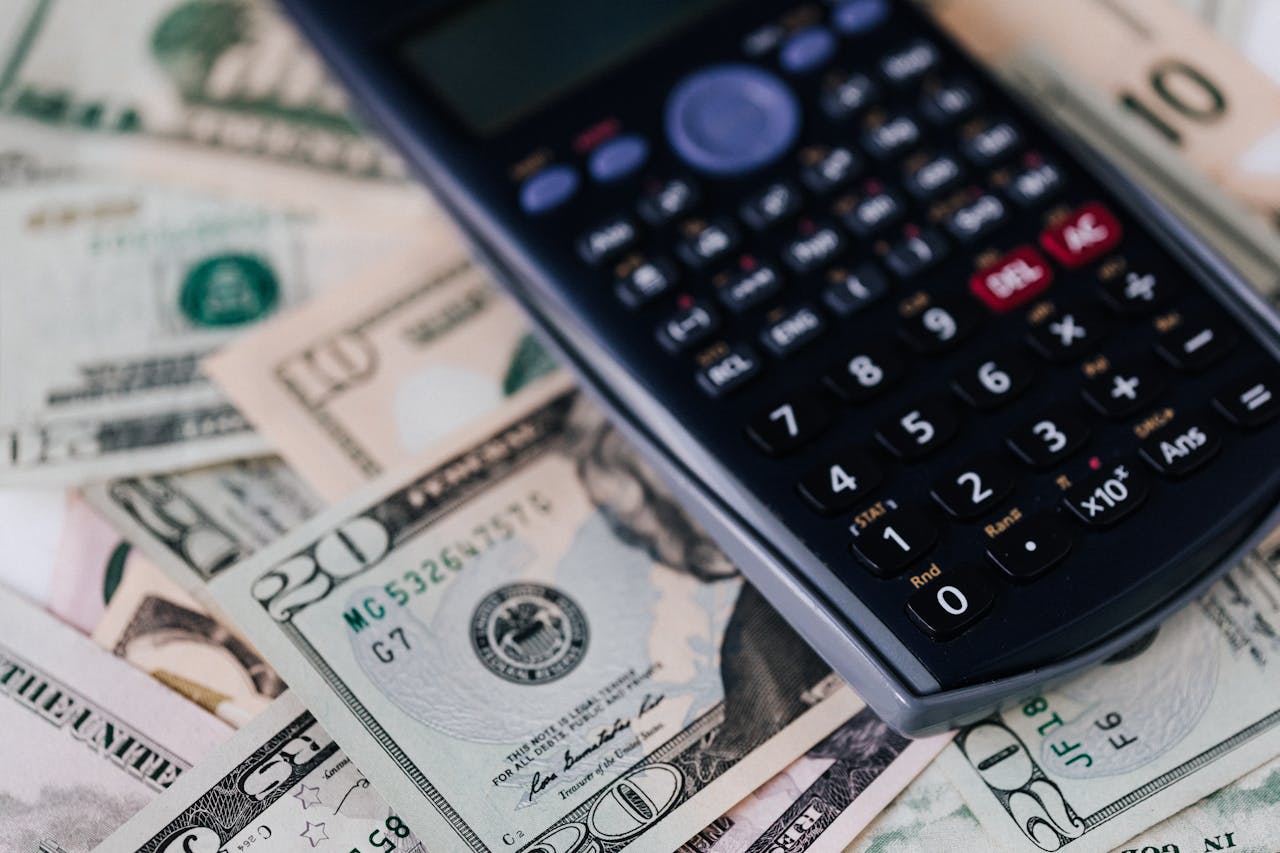
The White House employed what appears to be a straightforward formula for determining tariff rates: the gap between what America exports to a country versus what it imports. In this view, any trade deficit represents America being “ripped off” or “subsidizing” other countries.
Countries sending more goods to the U.S. than they purchase are deemed to have “unbalanced” trade and consequently face higher tariffs. This approach ignores the concept of comparative advantage—the economic theory that countries naturally specialize in producing what they’re best at—and attempts to force an artificial equalization of trade flows.
Economists widely criticize this simplistic framework, arguing that it fundamentally misunderstands how global trade works. Rather than representing theft, trade deficits often reflect complex economic relationships that benefit consumers through lower prices and greater choices.
Notably Absent from the List
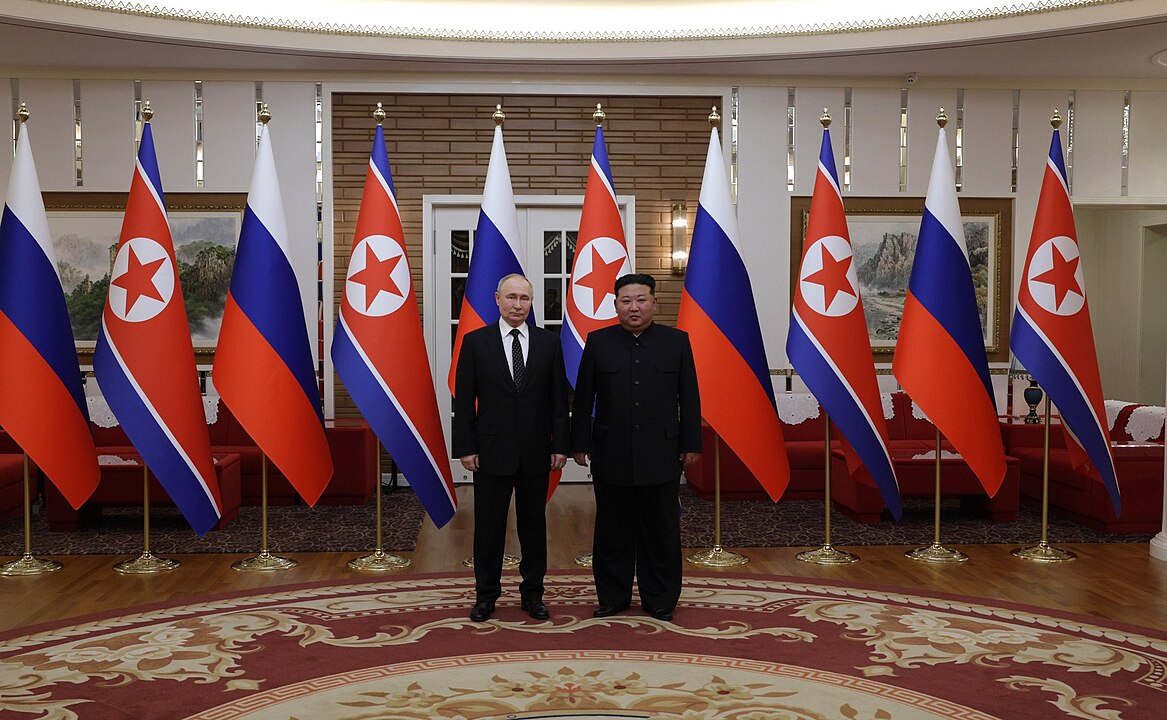
In a curious twist, several countries under heavy international sanctions were excluded from Trump’s tariff regime. Russia was notably absent, despite still exporting approximately $3 billion worth of goods to the United States last year, primarily fertilizer and platinum. Treasury Secretary Scott Bessent claimed Moscow was spared because existing sanctions had effectively halted U.S.-Russian trade, though trade data suggests a more nuanced reality.
North Korea, Cuba, and Belarus—all subject to tough sanctions—were similarly excluded from the new levies, raising questions about the consistency of the administration’s approach.
A Gamble That Could Trigger a Depression-Era Catastrophe
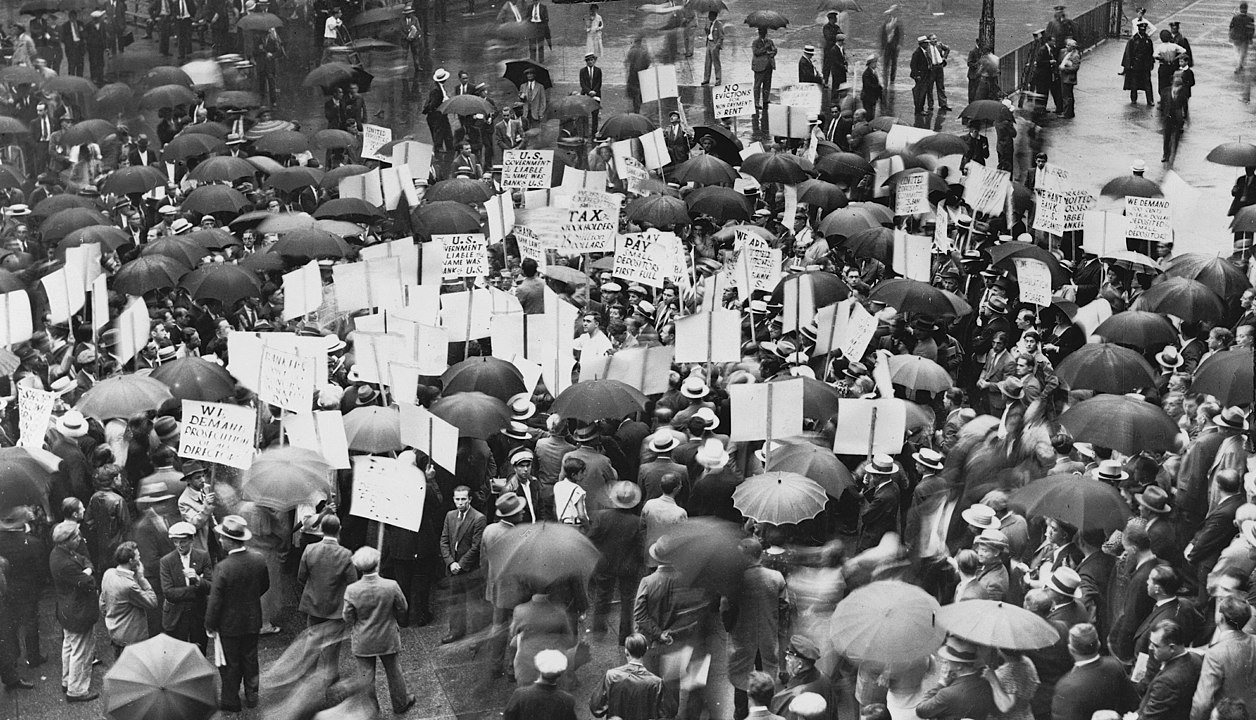
The tariffs represent an enormous economic gamble, one that could potentially trigger a downturn rivaling the Great Depression. In the 1930s, the infamous Smoot-Hawley Tariff Act attempted to protect American businesses following the 1929 stock market crash. Instead, as famously noted in “Ferris Bueller’s Day Off,” the tariffs “did not work, and the United States sank deeper into the Great Depression.”
The parallel is alarming. After the 2024 announcement, the S&P 500 experienced its steepest decline since the early days of the COVID-19 pandemic in March 2020, and came dangerously close to entering bear market territory—a 20% decline from its peak, often a precursor to economic recession.
Former International Monetary Fund chief economist Ken Rogoff now puts the chance of a U.S. recession at 50% following Trump’s announcement. Jerome Powell, chair of the Federal Reserve, has warned that the tariffs risk stoking inflation while simultaneously slowing economic growth—the dreaded “stagflation” scenario that plagued the 1970s.
The Historical Specter of Economic Nationalism
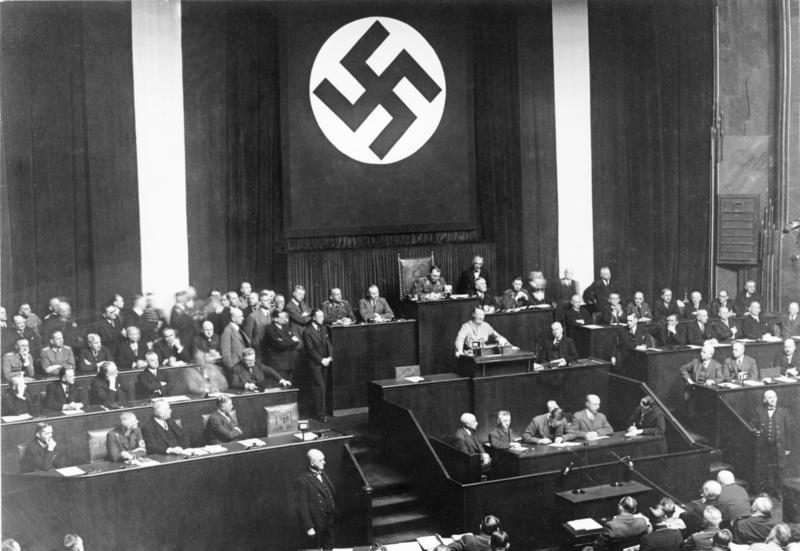
The timing of Trump’s tariff gamble is particularly concerning given current global instability. The last time economic nationalism swept across major economies in the 1930s, the resulting economic devastation created fertile ground for extremist political movements, particularly in Europe. Today, far-right movements already command significant political power across the continent, and economic hardship could further strengthen their appeal.
European economies, already strained by years of supporting Ukraine against Russian aggression, now face additional pressure from American tariffs. This economic double-whammy threatens to weaken the EU at precisely the moment when democratic solidarity is most needed. The European Commission has promised to protect key industries—Germany’s automobiles, Italy’s luxury goods, and France’s wine producers—but the damage to transatlantic relations may prove long-lasting.
The Dragon’s Response
China, facing combined tariffs of 54%, has promised “resolute countermeasures” that will likely damage American businesses seeking access to the massive Chinese market. Beijing has already announced matching 34% tariffs on all U.S. products and barred 11 American companies from doing business in China. Chinese customs authorities have also halted chicken imports from five major U.S. agricultural exporters.
This escalation threatens to spiral into a full-blown trade war, potentially disrupting global supply chains that have been decades in the making. Ironically, the tariffs may inadvertently strengthen China’s position on the global stage, allowing President Xi Jinping to portray his nation as a champion of free trade in contrast to American protectionism.
Impact on Average American Consumers
For ordinary Americans, the most visible impact will likely be higher prices across a wide range of goods. The Yale Budget Lab estimates that Trump’s auto tariffs alone could raise vehicle prices by 13.5% on average—an additional $6,400 for a typical new 2024 car. In total, American households could pay $500 to $600 more annually as a result of the tariffs.
These price increases will be felt throughout the economy. Avocados, tomatoes, and strawberries imported from Mexico may be among the first products to see price hikes. Electronics, clothing, and household goods could follow as retailers adjust to higher import costs.
When asked whether he was concerned that tariffs could make cars more expensive, Trump replied that he “couldn’t care less,” adding, “If the prices on foreign cars go up, they’re going to buy American cars.” This dismissive response overlooks the reality that nearly half of all vehicles sold in the United States are imported, as well as nearly 60% of the parts used in vehicles assembled domestically.
Not All Bad? Potential Benefits If the Gamble Pays Off
Despite the risks, there are potential benefits if Trump’s tariff strategy works as intended. Increased domestic manufacturing could create American jobs with decent wages. U.S. factories might see renewed investment as companies relocate production to avoid tariffs. The government would collect additional revenue that could potentially fund infrastructure projects or other priorities.
Take the example of Chinese electric vehicles. These cars offer impressive technology at competitive prices, but this affordability partly stems from China’s notorious “996” work culture (9 am to 9 pm, six days a week) and labor practices that most Americans would find unacceptable. Tariffs could potentially level the playing field without requiring American workers to accept similar working conditions.
Some manufacturers may choose to “nearshore” production to Mexico or other countries in the Western Hemisphere rather than returning to the U.S., but even this shift could create more stable supply chains less vulnerable to global disruptions. The COVID-19 pandemic exposed the fragility of extended global supply chains, and some restructuring may prove beneficial in the long run.
Into Uncharted Waters
The truth is that we are entering a period of historic economic uncertainty. The post-World War II consensus favoring free trade and globalization is being fundamentally challenged. Trump’s tariff gamble could either trigger a painful economic contraction or herald a renaissance of American manufacturing—or perhaps something in between.
What’s certain is that the global economic landscape is changing rapidly. The European Union is preparing retaliatory measures. Canada’s Prime Minister Mark Carney has stated that the United States is “no longer a reliable partner.” Mexico is desperately trying to appease Washington by cracking down on drug cartels and migration. Asian economies like South Korea and Vietnam are scrambling to adapt to the new reality.
For all the dire warnings, it’s worth remembering that economic predictions are notoriously unreliable. The American economy has shown remarkable resilience in the face of previous disruptions. Perhaps some rebalancing of global trade relationships is indeed overdue, though the question remains whether Trump’s sledgehammer approach represents the best path forward.
As consumers, workers, and citizens, Americans now find themselves participants in a vast economic experiment. The results will likely shape not just prices at the grocery store but the fundamental structure of the global economy for decades to come. Whether we’re headed for economic liberation or painful isolation remains to be seen, but one thing is certain: the world’s economic landscape will never be quite the same again.

